Further to my comment above, I think a good starting point to address your question would be to translate your structure into a graph.
df <- read.table(text =
"Col1 Col2
A B
C A
B D
D C", header = T)
library(igraph)
ig <- graph_from_data_frame(df)
We can plot the graph
plot(ig)

I'm not entirely clear on what you're expected output is supposed to be, and as stated your sample data seems to be too simplistic to infer a more general solution. Having said that and in this particular case, you could extract all cycles of the graph, which correspond to all circular paths of your structure starting from any point/vertex (adapted from r igraph find all cycles)
cycles <- list()
for (v1 in V(ig)) {
for (v2 in neighbors(ig, v1)) {
cycles[length(cycles) + 1] = lapply(
all_simple_paths(ig, v2, v1),
function(p) c(v1, p))
}
}
cycles
#[[1]]
# B D C A
#1 3 4 2 1
#
#[[2]]
# A B D C
#2 1 3 4 2
#
#[[3]]
# D C A B
#3 4 2 1 3
#
#[[4]]
# C A B D
#4 2 1 3 4
Your example graph contains four cycles; for example the first cycle in the list is B -> D -> C -> A -> B, the second cycle is A -> B -> D -> C -> A and so on.
If you have multiple disconnected cyclic subgraphs, I would decompose your graph into these components first (e.g. using decompose.graph), and then identify cycles per component.
